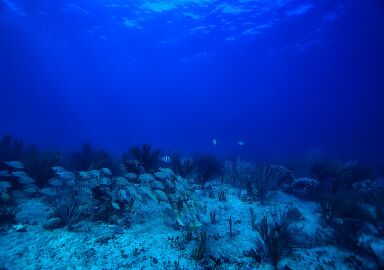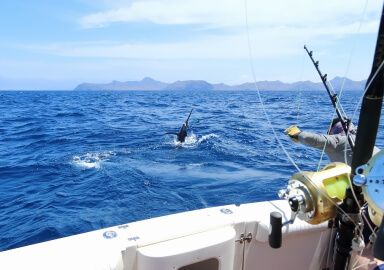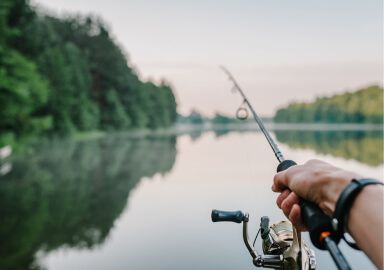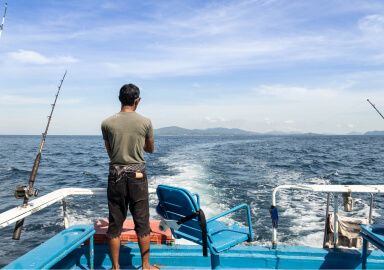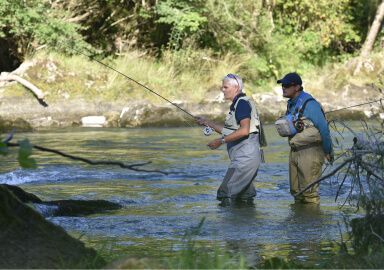Snakehead
Exotic in both looks and origins, snakeheads are torpedo-shaped freshwater predators of temperate areas of Africa and northeastern Asia, with some species now well established in the USA.
View 3 listings
3
listings
–
price starting from
3
countries
–
to the nearest trip
Where and When?
Snakeheads are found in fresh water throughout much of Asia and Africa. The natural range of the northern snakehead is the cooler freshwater regions of eastern Asia including Russia, China and the Koreas. They can also be found in fish ponds and farms around the world, including the fishing resorts of Thailand.
The species has been introduced to “new” areas for many decades and has recently established themselves in several areas of the USA. Northern snakeheads were initially “farmed” in Arkansas and escaped into the wild. In 2002, they appeared in the Potomac River in Maryland where, despite efforts at eradication, they are still present. Currently they are found in an increasing number of localities in at least California, Florida, North Carolina, New York, Virginia and Massachusetts.
About Snakehead
The snakeheads are a group of over 50 species of fish, from two genera of the Channidae family, found mostly in the temperate waters of the northern hemisphere. One of the largest, and most important, is the northern snakehead (Channa argus), which is not only of commercial importance, but also a growing sport angling species.
Typically for snakeheads, this fish has an elongated body, a large, flattish head and a massive mouth facing forwards. Their eyes are large and the teeth prominent and sharp. Northern snakeheads have tan/golden-brown bodies with a series of dark blotches down their flanks. In the USA they can attain 1m (39 in.), but in Russia they are reported to reach 1.5m. (59 in.) and the maximum mass reported is 9.35 kg. (21 lbs.). The species matures at 3-4 years at a length of about 35 cm. (14 in.).
Sneakheads are mostly ambush predators, who feed on fish, frogs and almost anything else that they can find. They do not generally shoal or migrate great distances and, after mating and laying eggs, both parents guard their offspring, which stay in a tight group, until their egg sacs are fully digested.
How to Catch?
Fishing for snakeheads has been compared to fishing for “bass on steroids,” but, while approaches are similar, the tackle used should be a little stronger, and the angler should be prepared for a dirty fight. Snakeheads can be caught throughout the year but usually feed more vigorously in warmer months. They are mostly found in or near cover and are mostly a daytime ambush feeder. Bank or boat fishing can work, but a boat is able to help the angler cast into likely-looking spots and hold a good specimen away from cover.
Both live bait and spinning, using a wide variety of lures, can prove successful. Live baiting, using fish or frogs, works, but many anglers wish to cover large areas to locate a feeding fish and spinning is more conducive to this. As the species will eat anything from a large insect to a snake, the lure type used often depends more on the angler’s preferences than what the fish fancies. That is, if you cast a vaguely suitable, nicely presented bait to near a feeding fish, it will probably bite.
The fish can be large, strong and wily and will give a good fight. In the USA there are no restrictions on fishing and often the law requires that the species be killed. It is illegal to move a live snakehead to reduce any further spread. With tasty flesh and strong fighting spirit, the sneakhead is a great game fish. The capture of a good-sized one makes an excellent photo, and the fight will have been as memorable as the meal.



